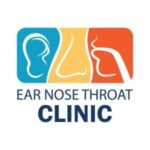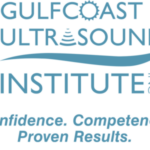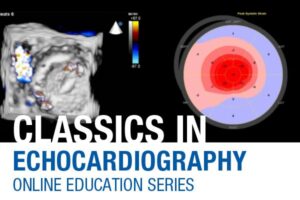Objectives
– Increase the participants’ knowledge to better perform and/or interpret cardiac ultrasound examinations.
– Apply knowledge of the cardiac anatomy and corresponding cardiac physiology of the systemic & pulmonary circulation to perform routine scan protocols for adult echocardiography.
– Differentiate normal and abnormal imaging characteristics of the adult cardiac ultrasound examination.
– Cite commonly seen valvular pathology based upon their characteristic appearance and Doppler signature and/or quantitative diagnostic criteria.
– Recognize cardiac pathology commonly diagnosed by echocardiography such as pericardial disease, Cardiomyopathies, CAD (ischemic disease), pulmonary hypertension and congenital heart disease.
– Apply quality assurance and the relationship of specificity, sensitivity and overall accuracy of cardiac ultrasound examination test validation.
– Define areas of weakness that require additional self-study to successfully pass your cardiac technology ultrasound board examination. (RDCS or RCS)
Topics :
- Applying Physics of Ultrasound
- Preparing for the Echocardiographic Procedure
- Performing Echocardiographic Imaging
- Valvular Heart Disease
- Ischemic Heart Disease
- Cardiomyopathies
- Stress Echo, TEE, Contrast, and Other Complimentary Imaging
- Pericardial Disease
- Cardiac Tumors
- Aortic Dissection
- Systemic and Pulmonary Hypertensive Heart Disease
- Congenital Heart Defects
- Interactive Practice Exams






































Reviews
There are no reviews yet.